4 Types of Belt Conveyor Tape Tear Forms
In addition to normal wear and tear of the tape during operation, the tape may also be torn due to other unfavorable factors, causing the conveyor to fail, affecting normal production, and may lead to huge economic losses in severe cases. The following introduce 4 types of belt conveyor tape tear forms.
Common forms and causes of tape tearing
1. Tape joint torn
There are two main ways to connect the tape, one is the vulcanization connection method, and the other is the mechanical connection method. At present, vulcanized joints with relatively good wear resistance are mainly used, but their pressure resistance is poor. In the process of use, corrosion is often caused by materials such as mineral powder covering the steel wire and rubber material until the rubber is opened.
Tape joints may also be worn, peeled, glued, cracked, etc. due to substandard materials used or lax implementation of vulcanization process standards. If these problems are not dealt with in time, the material will continue to erode and under the action of the roller friction, the joint part will be damaged and deteriorated faster, the crack will continue to expand, and the strength of the tape will continue to decrease, resulting in the joint part becoming the weakest part of the entire conveyor belt. A sudden increase in tension can easily cause a complete tear.
2. Longitudinal tear of the tape
The probability of tape tearing in the longitudinal direction is higher than that in the transverse direction. The main reasons are:
A.If the material is mixed with sharp iron or unbroken iron ore, etc., during operation, they are easy to get stuck in the discharge port of the guide chute and the cleaning drum, or there are equipment parts such as rollers and cleaners that fall off. And sharp debris enters between the roller and the tape, causing longitudinal scratches on the tape, resulting in cracking.
B.Tape joints and other parts are cracked or partially damaged. If they are not repaired or replaced in time, the longer the cracked position, the easier it is to be stuck by the cleaner, guide chute, etc., and completely torn.
3. Tape misaligned and torn
The tearing phenomenon caused by the deviation of the tape is the most common. The root cause is that the driving force on both sides of the tape is inconsistent, and the direction and magnitude of the friction force are also different, or because of the lateral force, the tape offset reaches the width of the bandwidth. 5% or more. After the tape deviates excessively, it is easy to scratch and flange with the roller frame, rack, and other mechanisms, resulting in scratches, resulting in cracks. After the long-term operation, the cracked parts are constantly torn by unloaders, racks and other facilities. It finally broke down completely.
4. Tape slips and cracks
When the tape is in normal operation, theoretically its conveying speed should be consistent with the linear speed of the surface rotation of the driving roller. However, in actual operation, due to various factors, it is difficult to ensure that the speed of the tape and the roller are synchronized. When the speed of the belt is lower than 95% of the linear speed of the surface of the roller, or when the roller rotates but the tape does not rotate, slippage will occur. The friction between the tape and the roller keeps the tape warm, wears, deteriorates, thins and cracks.


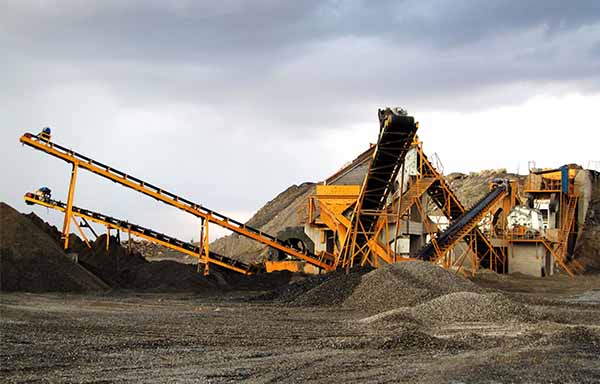
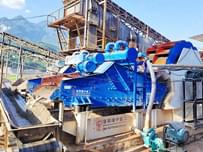
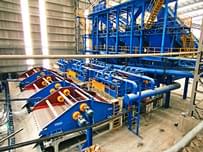
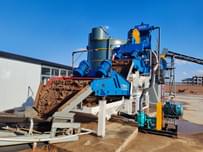
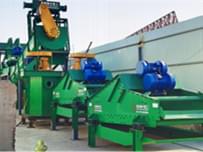
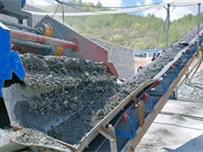
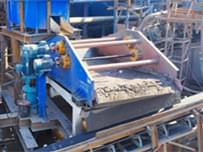
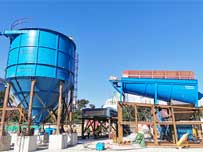
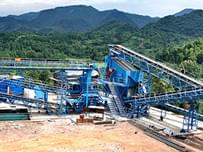




Send Message
Please write down your requirement and contact details in the following form. You can also send a message to us by this email export@lylzzg.com, we will reply to you within 24 hours.